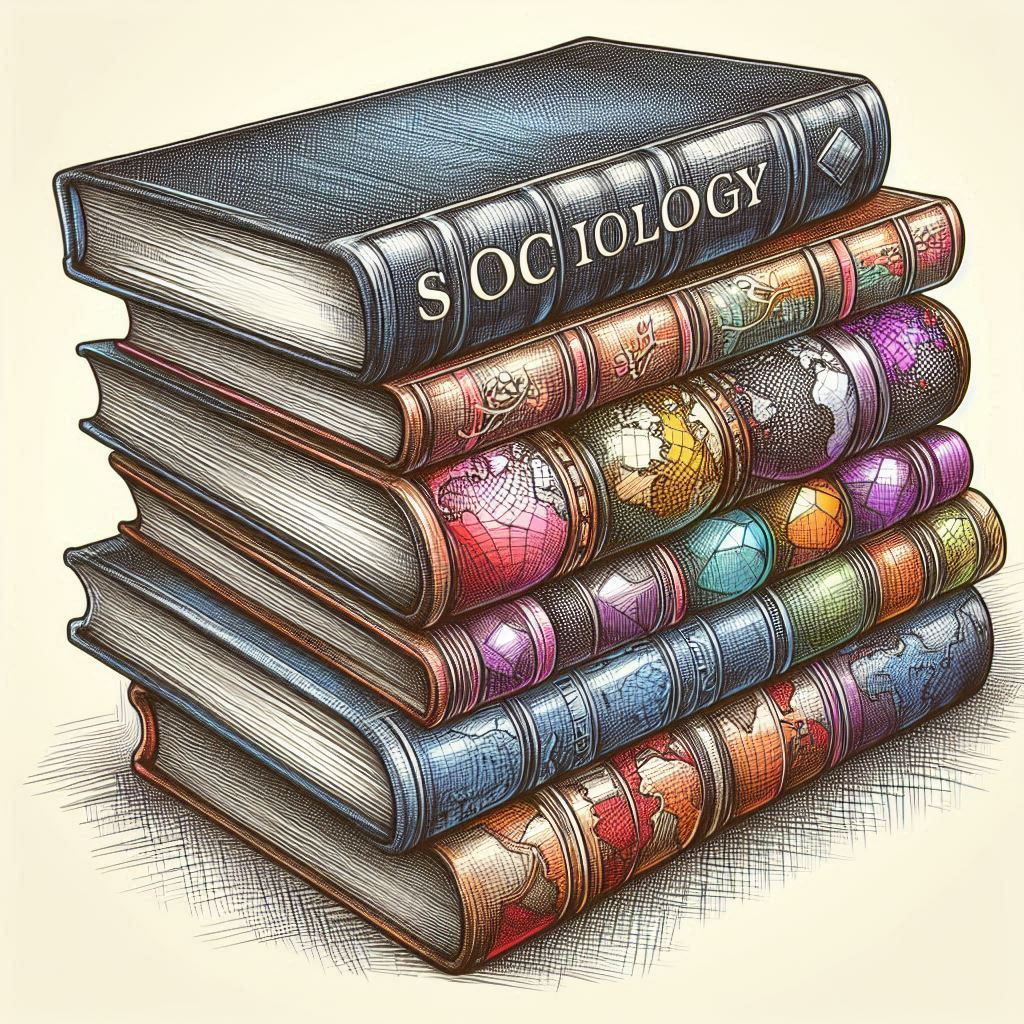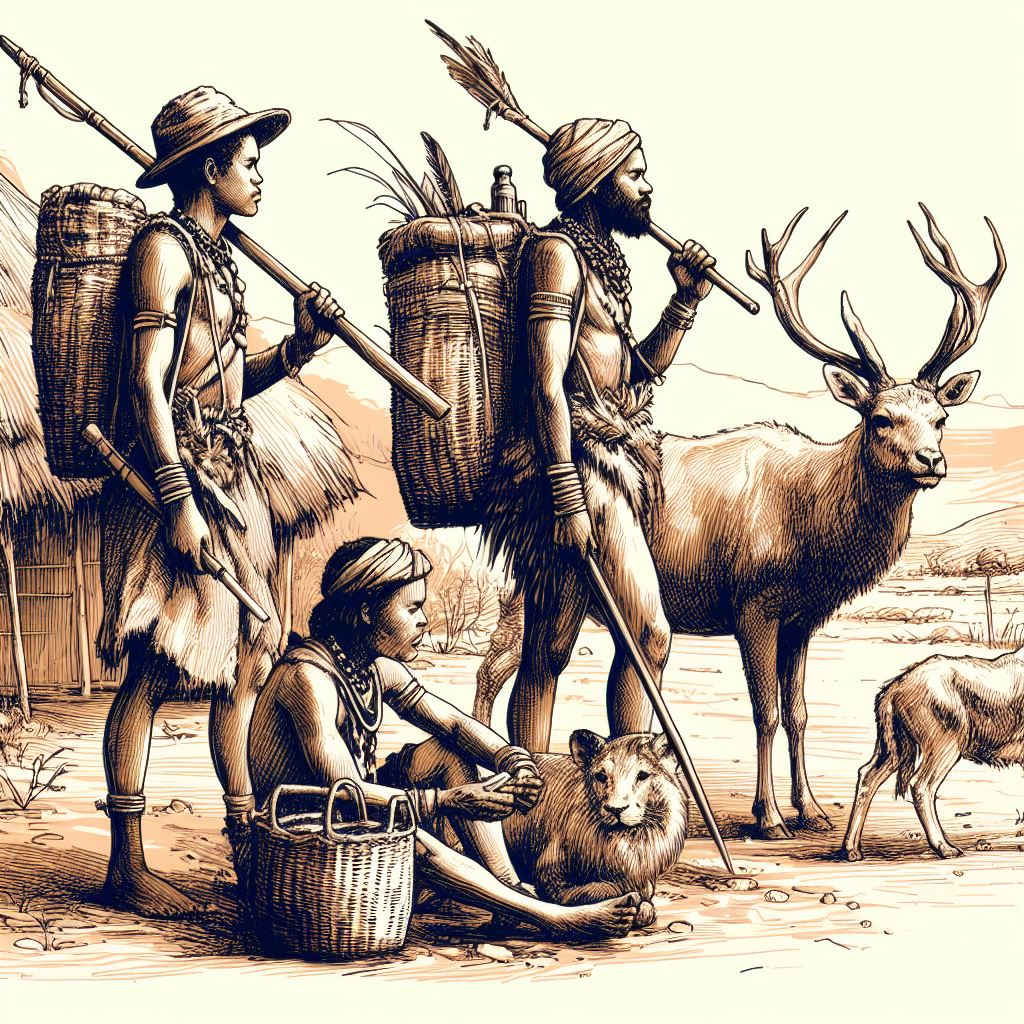Sanskritisation
- This concept or term was coined by M.N. Srinivas (a famous Indian Sociologist).
- Sanskrutization can be defined as the process by which a ‘low’ caste or tribe or other group takes over the customs, ritual, beliefs, ideology and style of life of a high and, in particular, a ‘twice-born (dwija) caste’.
Impact of sanskritisation
The impact of Sanskritisation is many-sided. Its influence can be seen in language, literature, ideology, music, dance, drama, style of life and ritual.
It is primarily a process that takes place within the Hindu space though Srinivas argued that it was visible even in sects and religious groups outside Hinduism. Studies of different areas, however, show that it operated differently in different parts of the country.
In those areas where a highly Sanskritised caste was dominant, the culture of the entire region underwent a certain amount of Sanskritisation.
In regions where the non-Sanskritic castes were dominant, it was their influence that was stronger. This can be termed the process of ‘de-Sanskritisation’.
There were other regional variations too. In Punjab culturally Sanskritic influence was never very strong. For many centuries until the third quarter of the 19th century the Persian influence was the dominant one.
Sanskritiastion and groups social position
Srinivas argued that, “the Sanskritisation of a group has usually the effect of improving its position in the local caste hierarchy.
It normally presupposes either an improvement in the economic or political position of the group concerned or a higher group self-consciousness resulting from its contact with a source of the ‘Great Tradition’ of Hinduism such as a pilgrim centre or a monastery or a proselytising sect.”
But in a highly unequal society such as India there were and still are obstacles to any easy taking over of the customs of the higher castes by the lower.
Indeed, traditionally, the dominant caste punished those low castes, which were audacious enough to attempt it. The story below captures the problem.”
Criticism
Sanskritisation as a concept has been criticised at different levels.
- One, it has been criticised for exaggerating social mobility or the scope of ‘lower castes’ to move up the social ladder. For it leads to no structural change but only positional change of some individuals.
- it has been pointed out that the ideology of sanskritisation accepts the ways of the ‘upper caste’ as superior and that of the ‘lower caste’ as inferior. Therefore, the desire to imitate the ‘upper caste’ is seen as natural and desirable.
- ‘Sanskritisation’ seems to justify a model that rests on inequality and exclusion. It appears to suggest that to believe in pollution and purity of groups of people is justifiable or all right.
- Since sanskritisation results in the adoption of upper caste rites and rituals it leads to practices of secluding girls and women, adopting dowry practices instead of bride-price and practising caste discrimination against other groups, etc.
- The effect of such a trend is that the key characteristics of dalit culture and society are eroded. For example the very worth of labour which ‘lower castes’ do is degraded and rendered ‘shameful’.


